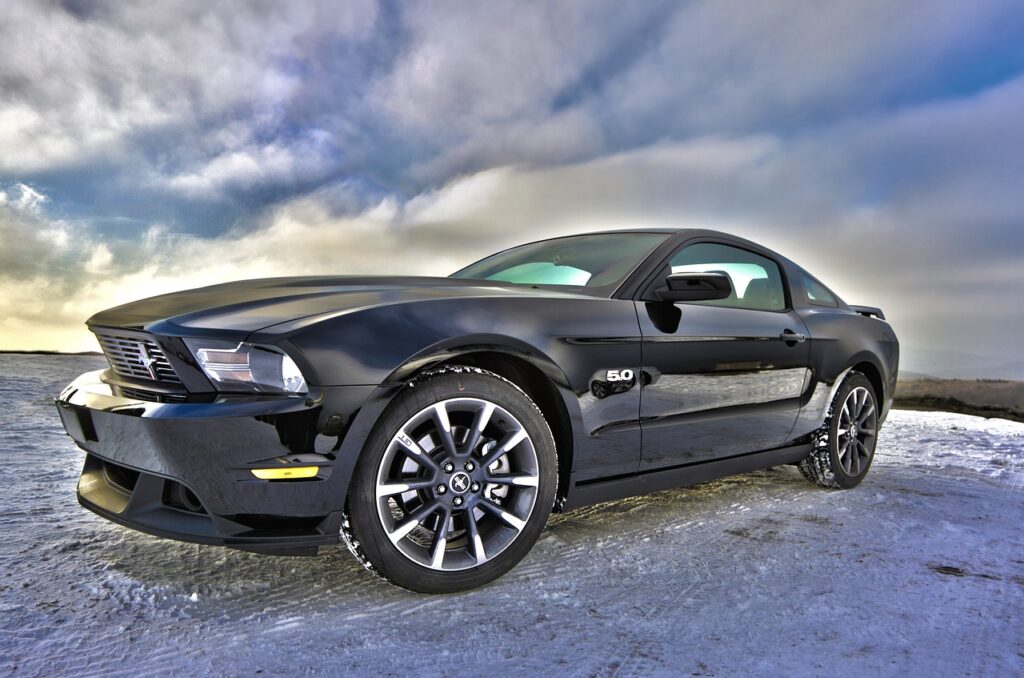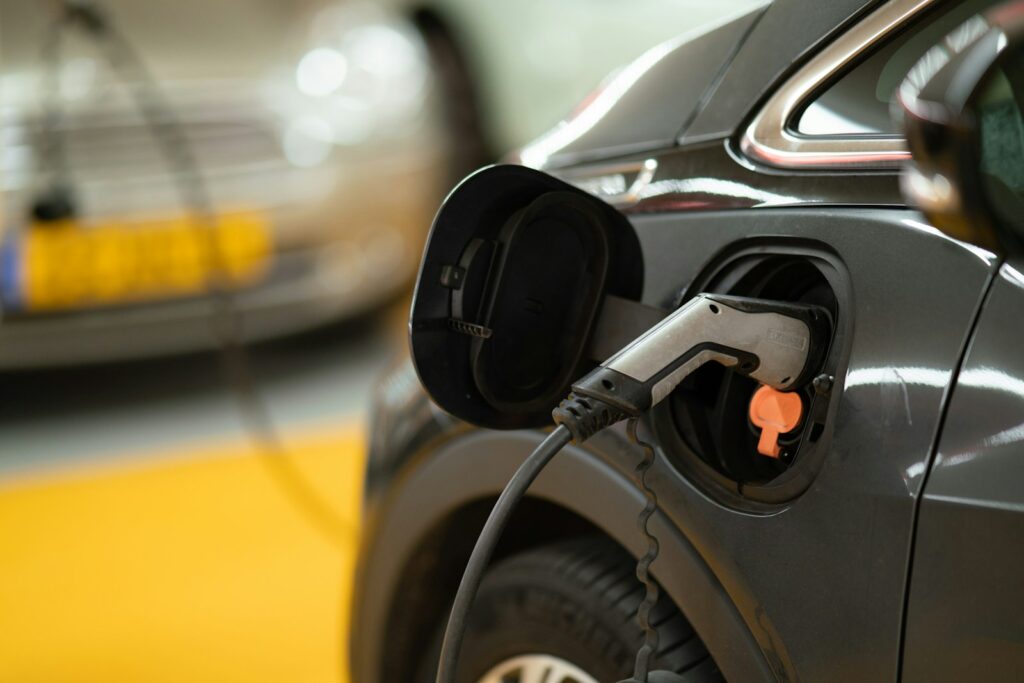
The automotive world is a fascinating place, constantly evolving, inventing, and occasionally, forgetting. We rely on our cars daily, and when we talk about what makes a vehicle truly great, one word inevitably rises to the top: “reliable.” This term, stemming from the Old French “relier” meaning “to fasten” or “to bind,” signifies something “consistently good in quality or performance, able to be trusted to do what is expected.” It speaks of dependability and trustworthiness, allowing us to count on something, even in challenging situations.
However, not every feature gracing our dashboards has lived up to that noble ideal. Over the decades, car manufacturers have rolled out countless innovations, some brilliant, some utterly baffling. Many once-touted breakthroughs have since vanished, often not with a whimper, but with a collective sigh of relief from drivers who endured their quirks, frustrations, and downright failures. These weren’t reliable companions; they were often liabilities that made us question the very definition of progress in automotive design.
Today, we’re taking a critically honest look at 15 such automotive features. We’ll explore bygone elements that disappeared because they weren’t dependable or added more headache than utility. Then, we’ll examine some recent digital dashboard fiascos that, despite their modern veneer, have proven so glitchy and unreliable that they make us yearn for simpler, more trustworthy days. Prepare for a trip down memory lane, complete with industry critique and a firm nod to the invaluable virtue of genuine reliability.
1. **Automatic Seat Belts**The concept of automatic seat belts, a seemingly ingenious safety breakthrough, was meant to ensure compliance by sliding into place the moment the door closed. This feature aimed for a consistent, hands-free method of securing occupants, promising a new level of “reliability” in passive safety. However, the reality quickly deviated from its ambitious intent, transforming them into a source of considerable frustration rather than trusted protection.
Far from being consistently good in performance, these belts were “more annoying than helpful,” often creating discomfort by “choking passengers” who weren’t perfectly positioned. Their complex mechanical nature also rendered them highly “prone to mechanical failure,” leading to frustrating malfunctions where belts would jam or fail to engage at all. Such inconsistencies directly undermined the very definition of reliability, proving they couldn’t be “trusted to do what is expected” when it mattered most.
Ultimately, their impracticality and inherent unreliability led to their unceremonious departure. The advancement of “modern airbags and traditional seat belts” offered a far more dependable and user-friendly approach to occupant safety, rendering these whirring, problematic systems “obsolete.” Drivers certainly breathed a sigh of relief as this well-intentioned but flawed feature vanished from our dashboards.
Read more about: Don’t Get Stuck: The 14 Most Common Reasons Your Car Fails State Inspection (and How to Ace It)

2. **Car Phones**In a pre-smartphone world, the car phone reigned supreme as the ultimate “status symbol,” promising seamless connectivity on the go. Hard-wired into vehicles, these devices aimed to provide a “reliable” line of communication, allowing drivers to stay connected. The idea was to bring consistency and dependability into the mobile environment, but the practical execution left much to be desired, proving that not all forms of connectivity are created equal in terms of true reliability.
Despite their aspirational image, car phones were characterized by significant drawbacks: they were “bulky, static-filled, and barely mobile.” The tethered handsets limited ergonomic use, while call quality was frequently hampered by interference. This inconsistent performance meant they were “more trouble than they were worth,” failing to deliver the “consistently good quality or performance” expected from a truly reliable communication tool. Users often found themselves battling with dropped calls and poor reception.
The widespread adoption of “Bluetooth and hands-free systems,” alongside truly mobile smartphones, eventually made car phones “feel like relics of a different era.” Modern solutions offered superior clarity, genuine portability, and far greater convenience, unequivocally demonstrating a more advanced form of “dependability.” The car phone’s disappearance from our dashboards is a classic example of how a feature will vanish when its practical reliability and user experience are overwhelmingly surpassed by newer, more stable alternatives.
Read more about: The Unavoidable $5 Million Annual Spend: Dissecting Kim Kardashian’s Essential Financial Commitments to Her Billion-Dollar Empire
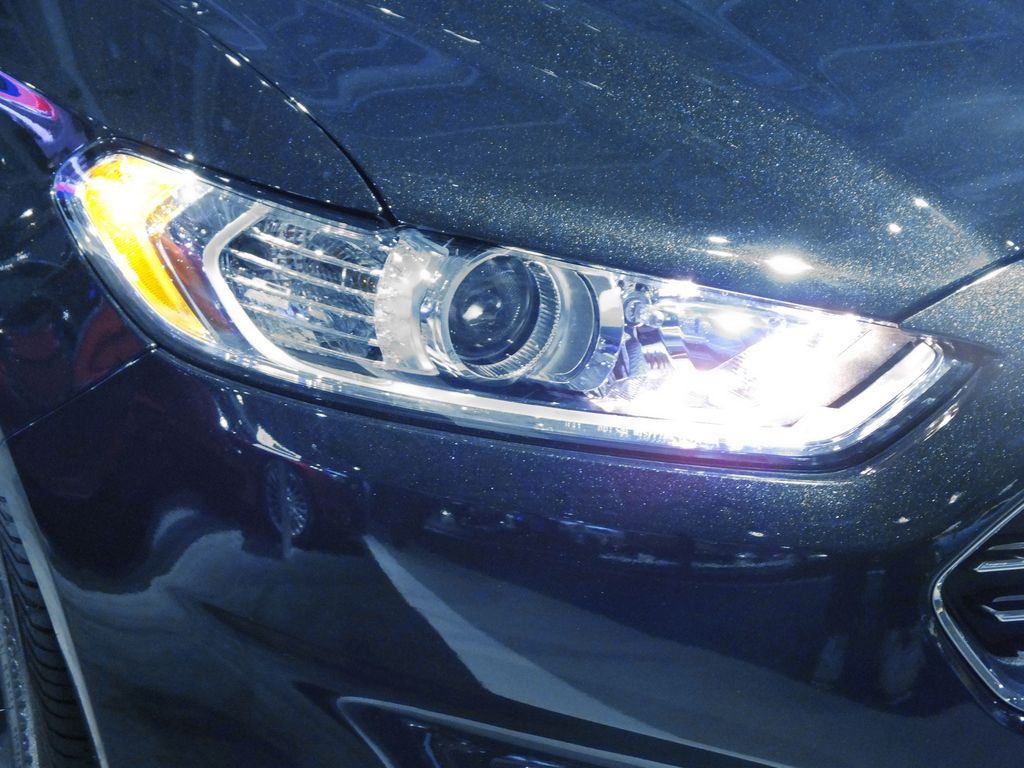
3. **Pop-Up Headlights**Pop-up headlights were once the epitome of automotive coolness, a stylistic flourish that gave sports cars a sleek, aggressive profile when retracted. The theatrical emergence of these lights offered undeniable visual drama, and in theory, they provided illumination reliably once deployed. This mechanism’s consistent operation was key to its perceived reliability, promising functionality alongside aesthetic appeal.
However, the complex mechanics behind this aesthetic proved fundamentally “impractical in reality” and a major reliability headache. These systems were notoriously “prone to mechanical failure,” with motors and linkages frequently jamming or breaking. Imagine needing your headlights only for them to get stuck halfway, compromising safety and frustrating drivers. Such frequent breakdowns meant they couldn’t be “trusted to perform well, consistently,” and their “costly repairs” made them an ongoing liability.
The eventual “demise came as car designs shifted toward sleek, aerodynamic lines” that could integrate fixed headlights more efficiently and reliably. “Drivers breathed a sigh of relief” as these high-maintenance features faded, making way for systems that offered consistent illumination without the added complexity and failure points. Pop-up headlights serve as a stark reminder that style cannot compensate for a fundamental lack of mechanical “soundness” and “stability” in critical components.
Read more about: Why Classic Car Values Are Exploding: Unpacking the Market Surge and 14 Iconic Models Skyrocketing in Price

4. **Cigarette Lighters and Ashtrays**There was a time when “cigarette lighters and ashtrays” were so commonplace in vehicles they were “once standard in nearly every vehicle.” These features served a specific, “dependable” function, consistently ready for ignition and ash collection, reflecting the widespread social acceptance of smoking. While their mechanical reliability was rarely questioned for their simple task, their overall utility and relevance as a “trustworthy” feature for all drivers would ultimately be challenged.
Their fading from prominence wasn’t due to inherent mechanical failure but rather a profound cultural shift: “these features faded with the decline of smoking.” As public health awareness increased and fewer people smoked, the presence of lighters and ashtrays became increasingly superfluous and even undesirable. For a growing segment of non-smoking drivers, these items represented clutter and potential for lingering odors, detracting from a “cleaner, healthier driving environment.”
Their departure made way for features that better suited modern drivers’ needs, such as “USB ports and cup holders.” These replacements offer a new form of “reliability” – the consistent ability to charge devices and secure beverages, reflecting contemporary usage patterns. The disappearance of cigarette lighters and ashtrays underscores how a feature’s reliability isn’t just about function, but also its sustained relevance and utility within a changing world, making them a poignant example of socially driven obsolescence.
Read more about: Unpacking the Past: 14 Vintage Car Features Modern Driving Left Behind (And Why We Miss Them)

5. **Bench Front Seats**Bench front seats, once a staple of family sedans and classic cruisers, offered the nostalgic appeal of shared space and the practicality of seating an extra passenger. The “dependability” of a single, continuous seating surface seemed simple enough, reflecting an era where basic functionality often took precedence over individualized comfort or safety engineering. This design embodied a straightforward and physically “sound” structure.
However, their fundamental design was inherently “awkward” and compromised both comfort and safety. Lacking individual contouring and support, drivers and passengers often found themselves sliding during maneuvers, hindering control and reducing comfort. More critically, “bench seats were… less safe.” In an accident, the absence of individual bolstering meant occupants were less contained, a significant reliability flaw in a safety-critical component. They simply couldn’t be “trusted to perform well” in protecting occupants compared to modern designs.
The move to “bucket seats” was a necessary evolution, establishing a new “modern standard for good reason.” These seats provide superior individual “support” and security, enhancing both comfort and crash protection. The bench seat, despite its romanticized past, ultimately “vanished” because it failed to meet evolving standards of reliability for occupant well-being and driving dynamics. Its departure highlights how “trustworthiness” in automotive design must constantly adapt to improve safety and ergonomic performance.
Read more about: Inside the Lavish World: P Diddy’s Jaw-Dropping Car Gifts and His Children’s Extravagant Lifestyles

6. **Manual Window Cranks**For generations, “manual window cranks” were the ubiquitous method for operating car windows. This seemingly straightforward, mechanical system was considered a baseline for “reliability,” requiring only direct human effort to function. You could always count on the direct mechanical link, a system that, in its simplicity, seemed impervious to complex electronic failures, embodying a fundamental and “predictable” form of operation.
Yet, this basic reliability came with significant practical downsides. “After years of sore wrists and broken handles,” the physical effort required, especially for a sticky or heavy window, became a daily frustration. The plastic handles themselves were often brittle, “prone to snapping” off, rendering the window inoperable and demonstrating a critical failure in the component’s “durability.” This inconsistent user experience contradicted the ideal of “consistently good quality or performance.”
The triumph of “power windows” was driven by the overwhelming demand for greater convenience and an effortless user experience. While manual cranks were “reliable” in a basic sense, they lacked the “trustworthiness” of consistent ease of use. “Most drivers today wouldn’t trade the convenience for anything” that power windows offer, proving that a feature’s longevity and perceived reliability are also tied to its ability to seamlessly integrate into the driver’s experience without causing physical strain or unexpected breakage.
Read more about: Gearhead God: A High-Octane Tour Through John Cena’s Legendary American Muscle Car Empire

7. **Tape Decks and CD Players**For decades, “tape decks and CD players” defined in-car entertainment, serving as “the heart of every road trip playlist.” These dedicated physical media players offered a “dependable” way to listen to chosen music, allowing drivers to “trust” that their specific collection would play without external interference. In their time, they were the benchmark for audio “reliability,” providing a consistent playback experience, even if that consistency sometimes came with the quirks inherent to physical formats.
While mechanically functional, these systems had their limitations. Tapes could get tangled, and CDs were prone to skipping over rough roads or suffering from scratches. These intermittent issues meant that “consistently good in quality or performance” wasn’t always guaranteed, especially as media aged. Their decline, however, was less about inherent mechanical unreliability and more about the radical evolution of media consumption, which challenged their fundamental “predictability” in terms of access and convenience.
The digital revolution, spearheaded by “streaming and Bluetooth audio,” rendered physical media “nearly irrelevant in cars.” Why manage bulky collections when an entire world of music is available instantly and wirelessly? This shift created a new standard for entertainment “reliability”—one based on vast access, seamless integration, and digital “consistency.” Consequently, tape decks and CD players “gather dust in forgotten dashboards,” vanquished not by their own outright failure, but by a superior, more “trustworthy” and convenient technological paradigm.
We’ve already cruised through seven examples of automotive features that time and, let’s be honest, common sense relegated to the scrapyard of bad ideas. But hold onto your steering wheels, because the journey isn’t over yet! We’ve got a few more historical oddities to unpack, those once-prevalent details that quietly vanished, often for very good reasons. And after that, we’re shifting gears, literally, to tackle a modern paradox: digital dashboards that promised a seamless future but delivered nothing but frustration, reminding us that sometimes, newer isn’t always better, especially when reliability is on the line.
Read more about: The Infinite Adventures of a Phenomenon: Inside the Enduring Legacy of Adult Swim’s Rick and Morty
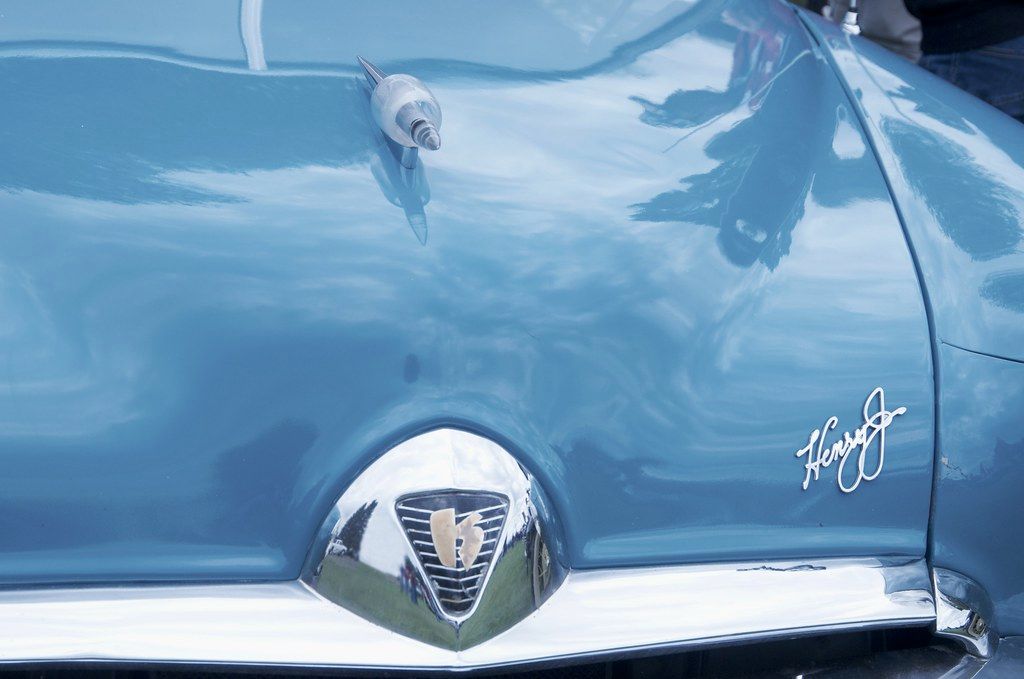
8. **Hood Ornaments**Ah, the hood ornament. Once upon a time, these gleaming sculptures were the ultimate statement of automotive luxury and prestige. They weren’t just decorative; they were a badge of honor, a symbol of a brand’s heritage, adding an undeniable flourish to the front end of any high-end machine. From Rolls-Royce’s Spirit of Ecstasy to Jaguar’s leaping feline, these intricate details made a car feel truly special, embodying a certain “dependability” in brand identity.
However, beneath that polished elegance lay a heap of practical problems. These ornaments, while visually striking, were “elegant but dangerous.” In an era where pedestrian safety became an increasingly critical design consideration, a fixed, protruding metal figure on the hood suddenly looked less like art and more like an accident waiting to happen. It’s tough to call something reliable when it might make an unfortunate encounter with a pedestrian significantly worse.
Beyond the safety aspect, they were also constant targets for thieves. That beautiful, intricate piece of metal was often a prized possession, making cars easy marks for petty larceny. The ongoing risks of theft and the undeniable safety concerns ultimately “led to their phase-out.” Today, you’re far “more likely to see a minimalist logo than a gleaming metal sculpture,” and frankly, while a bit less dramatic, our roads are probably safer, and our insurance premiums a little lower, for their absence.
Read more about: Beyond the Blender: 14 Obsolete Kitchen Tools Younger Cooks Won’t Believe Once Ruled the Roost

9. **Hidden Gas Caps Behind License Plates**Who among us hasn’t pulled into a gas station, slightly disoriented, and momentarily forgotten which side the fuel filler is on? Now imagine a time when the filler wasn’t on *either* side, but rather, cunningly concealed behind a moving piece of the car itself. “In a strange game of automotive hide-and-seek, some cars once tucked the fuel cap behind the license plate.” It was a quirky design decision, perhaps intended to create a cleaner aesthetic or just be a bit different, a subtle flourish that designers probably thought was terribly clever.
This “quirky” feature, however, quickly revealed its true colors: it was utterly “inconvenient.” Picture this: you’re at the pump, trying to juggle the nozzle, your wallet, and now, you’re fumbling with a license plate that needs to pivot or slide out of the way just to access the cap. In bad weather, or with a car covered in road grime, this little game of hide-and-seek quickly lost its charm. It was an unnecessary step, adding friction to an otherwise simple and routine task, making the process anything but “consistently good in quality or performance” from a user experience standpoint.
It’s safe to say that “no one really misses fumbling to find it.” This feature vanished not because it was unreliable in a mechanical sense—the license plate usually moved just fine—but because it was consistently and reliably *annoying*. It introduced an avoidable layer of complexity to a task that should be effortless, utterly failing the ultimate reliability test of user convenience and practicality. Its disappearance is a testament to designers finally prioritizing ease of use over an obscure aesthetic choice.
Read more about: Buyer’s Remorse on Wheels: The 15 Vehicles Owners Most Regret Driving Off the Lot

10. **Headlight Wipers**In theory, “headlight wipers” made perfect sense. “Meant to keep headlights clear during bad weather,” these miniature blades seemed like a logical extension of windshield wipers, promising consistent illumination no matter the muck. After all, what’s more reliable than being able to see where you’re going, even in a downpour or a snowstorm? The thought was commendable: a clear path ahead, always.
However, the reality of these pint-sized problem-solvers quickly diverged from their noble intent. They were notoriously delicate, and “these tiny wipers often caused more problems than they solved.” Their delicate mechanisms, exposed to the harsh elements of the road, were “prone to breaking easily,” leaving drivers with dysfunctional wipers and still-dirty headlights. This fragility and frequent failure directly contradicted the core idea of reliability; they simply couldn’t be “trusted to do what is expected.”
Beyond their susceptibility to breakage, they “added unnecessary complexity to the car’s front end.” More moving parts invariably mean more potential points of failure, more maintenance, and more cost down the line. Thankfully, modern headlight designs, with their smoother surfaces, improved materials, and increasingly potent lighting technology, have rendered these fussy little gadgets entirely obsolete. Their disappearance is a powerful reminder that sometimes, the simplest solution is indeed the most “dependable” one.
So, that concludes our tour of features best left in the automotive graveyard, relics of questionable design and dubious utility. But if you thought modern cars were immune to these kinds of blunders, think again! In our relentless pursuit of innovation, we’ve sometimes swapped mechanical headaches for digital nightmares. Get ready to shift from the charmingly antiquated to the infuriatingly unreliable, because we’re diving headfirst into five modern digital dashboard systems that promised the moon but delivered a sputtering, glitchy mess. These are the ones that make us long for the days of simple dials and physical buttons, reminding us that even in the digital age, true reliability remains an elusive, yet critical, virtue.
Read more about: Don’t Get Stuck: The 14 Most Common Reasons Your Car Fails State Inspection (and How to Ace It)
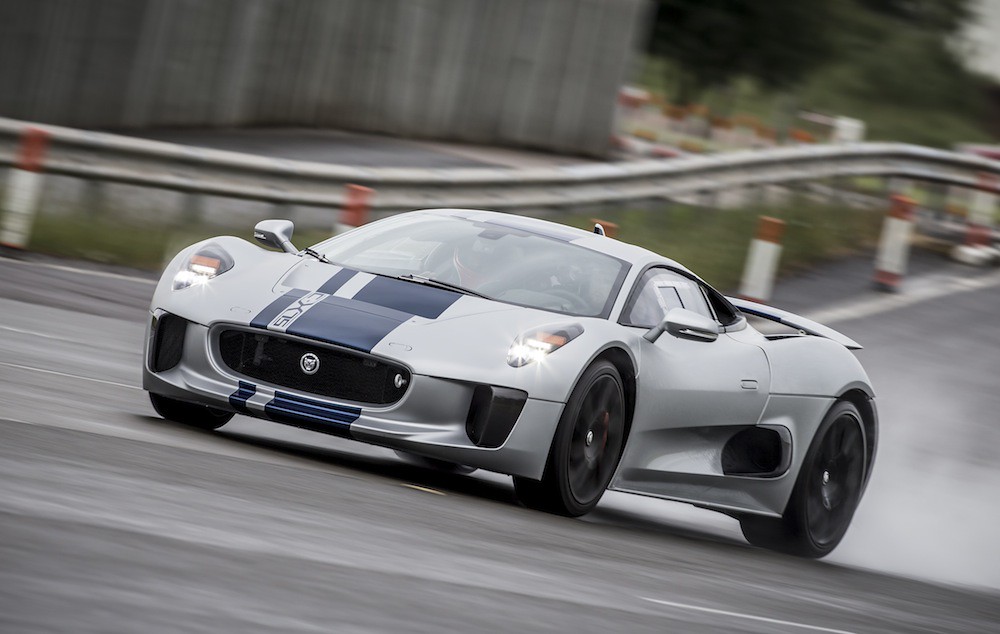
11. **Jaguar Land Rover InControl Touch Pro (2015-2019)**The Jaguar Land Rover InControl Touch Pro system represents a cautionary tale of ambitious digital dashboard implementation outpacing execution capabilities. “Introduced across JLR’s lineup beginning in 2015,” it promised a “revolutionary leap forward in connectivity and user experience,” boasting a “10.2-inch touchscreen with high-resolution graphics and an attractive interface.” It certainly looked the part of a premium, technologically advanced system.
However, beneath that polished surface, fundamental architecture issues quickly emerged. Processing power proved “woefully inadequate for the system’s ambitious graphics and features.” Owners “consistently reported agonizing boot times, sometimes exceeding 30 seconds” after starting the car—an eternity when you’re just trying to get the navigation or backup camera operational. Once operational, the system exhibited “persistent lag, with inputs sometimes registering several seconds after being made,” leading to a frustrating user experience.
This lag wasn’t just an inconvenience; it led to a cascade of problems, from “missed turns due to delayed navigation instructions to accidental selection of unintended functions” as impatient users double-tapped. Reliability issues plagued the system from launch, with “random crashes and freezes becoming commonplace,” often requiring a full vehicle restart. Even worse, “the digital instrument cluster would sometimes go blank while driving, depriving operators of critical information like vehicle speed and warning indicators.” That’s not just an inconvenience; that’s a serious safety concern, a complete breakdown of trust in a supposedly “reliable” system.
“Software updates, rather than resolving issues, frequently introduced new problems.” This created a vicious cycle of frustration for owners and dealers alike, with many drivers advised against installing updates unless absolutely necessary. JLR eventually replaced the system, but for those who endured the “InControl Touch Pro,” it remains a “persistent source of frustration and a costly repair item” when components inevitably fail. It stands as a stark reminder that flashy visuals mean nothing without fundamental, consistent reliability.
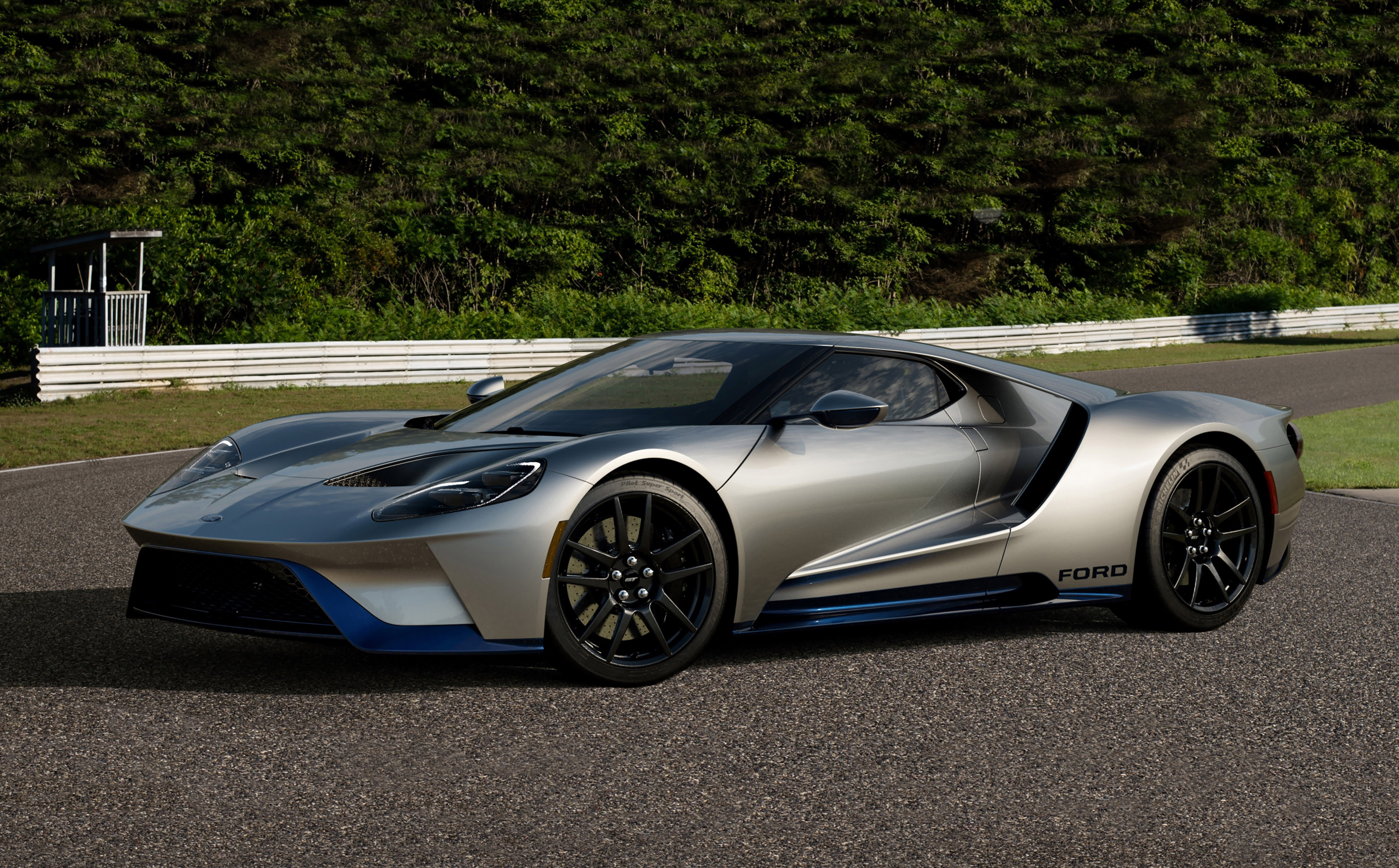
12. **Ford MyFord Touch/SYNC 2 (2011-2015)**Ford’s ambitious MyFord Touch system, also marketed as SYNC 2, burst onto the scene in 2011 with grand promises. It was meant to “revolutionize in-car technology and establish Ford as an innovation leader,” offering a comprehensive touchscreen interface to replace traditional buttons and knobs. On paper, it sounded like the future, a “dependable” central hub for all vehicle functions, putting Ford ahead of the curve.
The dream, however, quickly became a nightmare of frustrating ergonomics and sluggish performance. The “capacitive touch interface lacked the tactile feedback of physical controls,” making it nearly impossible to operate without looking away from the road. The screen was divided into four color-coded quadrants, but “the small touch targets and inconsistent response made even simple adjustments challenging.” It was an ergonomic disaster, transforming everyday tasks into a constant struggle.
“Performance issues plagued the system from launch.” “Boot-up times were painfully slow, often taking 30 seconds or more” before the system became operational. Once running, “the interface suffered from severe lag,” with touches sometimes registering several seconds after input, or not at all. Imagine needing your backup camera only for the screen to show nothing until you’ve already started reversing. “Reliability proved to be MyFord Touch’s greatest weakness,” with “system crashes commonplace” and Bluetooth connectivity being “notoriously inconsistent.” Even the touted voice recognition frequently “misinterpreted commands.”
Ford attempted to address these issues through a series of software updates, even “mailing USB drives to owners for self-installation” when the problems became too widespread to ignore. But these updates never fully resolved the fundamental instability, with “some updates even introduced new problems while fixing old ones.” The MyFord Touch saga had “significant repercussions for Ford,” causing its “J.D. Power Initial Quality ratings plummeted” and leading to Consumer Reports removing recommendations. It taught the industry a harsh lesson: feature count means nothing if the system isn’t reliably functional for drivers.
Car Model Information: 2025 Audi Q7 55 Premium Plus
Categories: All articles needing additional references, All articles with unsourced statements, Articles needing additional references from January 2025, Articles needing additional references from November 2021, Articles with short description
Summary: MyFord Touch (branded as MyLincoln Touch on Ford’s Lincoln brand products, and also known as SYNC 2) is an in-car communications and entertainment system developed by the Ford Motor Company, based on Microsoft technologies. The technology was factory installed with Ford product offerings and was based on the Microsoft Auto 4.0 software platform. It was regarded as the next-generation of Ford Sync. Announced in January 2010, at the Consumer Electronics Show (CES), the technology launched with the 2011 Ford Edge. Reviews of MyFord Touch were overwhelmingly negative. A USB drive, self-installed software upgrade became available in March, 2012; this update was mailed out free-of-charge to all Ford customers, and Ford also offered free installation of the update by any Ford dealer. The update did not address continuing problems with light-touch capacitor switches (on cars so equipped) that control many functions. Several updates have since been released which allowed for more natural speech recognition, simpler Bluetooth pairing, and refinement of the on-screen interface and menus.
Get more information about: MyFord Touch
Buying a high-performing used car >>>
Brand: Ford Model: MyFord Touch
Price: $55,675 Mileage: 20,490 mi.
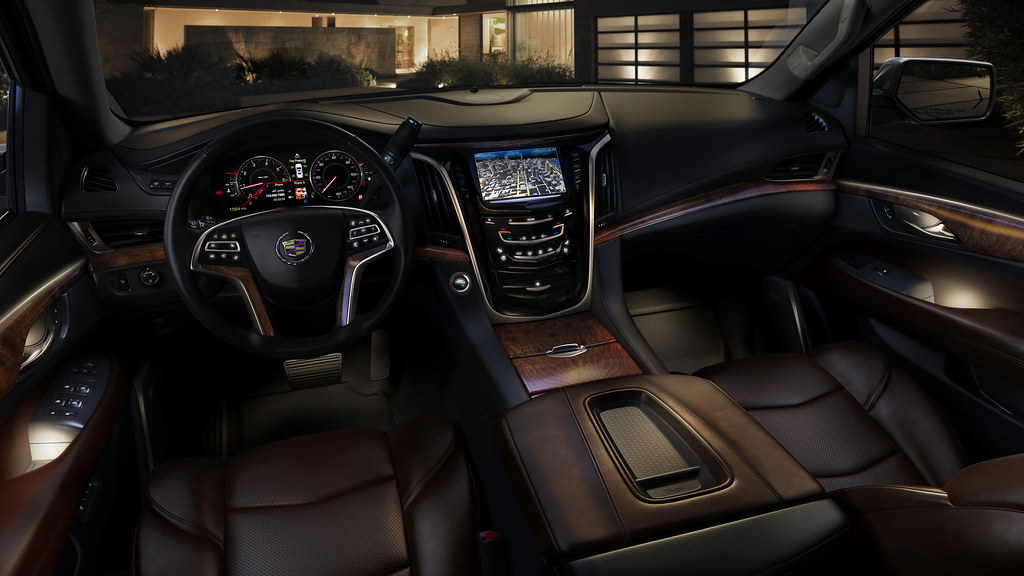
13. **Cadillac CUE (2012-2019)**Cadillac’s User Experience (CUE) system, introduced in 2012, was positioned as a technological tour de force, meant to differentiate the luxury brand from its competitors. A “glossy black panel housed a high-resolution touchscreen above a row of touch-sensitive controls that used haptic feedback.” Its minimalist aesthetic created a clean, modern appearance that looked fantastic in marketing materials and showrooms, promising a sophisticated and “reliable” interface.
However, this prioritization of form over function quickly revealed itself once owners began living with the system. CUE’s “most fundamental flaw was its complete abandonment of physical controls in favor of capacitive touch surfaces.” Basic tasks like “climate and volume adjustments,” which are used constantly during everyday driving, “required precise touches on unmarked areas of the panel.” Without tactile reference points, drivers were “forced to look away from the road” for even the simplest adjustments, compromising safety and convenience.
“Performance issues plagued CUE from its introduction.” The system’s processor proved “woefully inadequate for the ambitious graphics and animations,” resulting in “frustrating lag between input and response.” Screen transitions that looked fluid in demonstrations would stutter in real-world use, and boot-up times after vehicle start were “painfully slow, sometimes exceeding 30 seconds.” “Reliability concerns emerged early and persisted,” with “screens freezing without warning” and the “touch-sensitive panel’s calibration” drifting, creating “dead zones” that no longer responded to input.
Perhaps most troublingly, CUE exhibited significant durability issues as vehicles aged. The “adhesive bonding the touchscreen to its housing would frequently fail in hot climates, leading to delamination that created bubbles under the screen surface.” The touch-sensitive buttons below the screen were “particularly prone to failure,” with many owners reporting complete non-responsiveness. These issues typically emerged after warranty expiration, leaving owners with “repair bills often exceeding $1,200.” CUE proved that a system can look expensive, but if it doesn’t function reliably, it only cheapens the entire ownership experience.
Car Model Information: 2017 Cadillac XTS Luxury
Categories: Articles with short description, Automotive accessories, CS1 errors: generic name, Commons category link is on Wikidata, Consumer electronics
Summary: In-car entertainment (ICE) or in-vehicle infotainment (IVI) is a collection of hardware and software in automobiles that provides audio or video entertainment. In-car entertainment originated with vehicle audio systems that consisted of radios and tape cassette or CD players and now includes automotive navigation systems, video players, USB and Bluetooth connectivity, carputers, in-car Internet, and Wi-Fi. Once controlled by simple dashboard knobs and dials, ICE systems can include steering wheel audio controls, handsfree voice control, touch-sensitive preset buttons, and a touchscreen. Some systems have rearview cameras and side cameras for better safety.
Get more information about: In-car entertainment
Buying a high-performing used car >>>
Brand: Cadillac Model: CUE
Price: $11,465 Mileage: 167,001 mi.
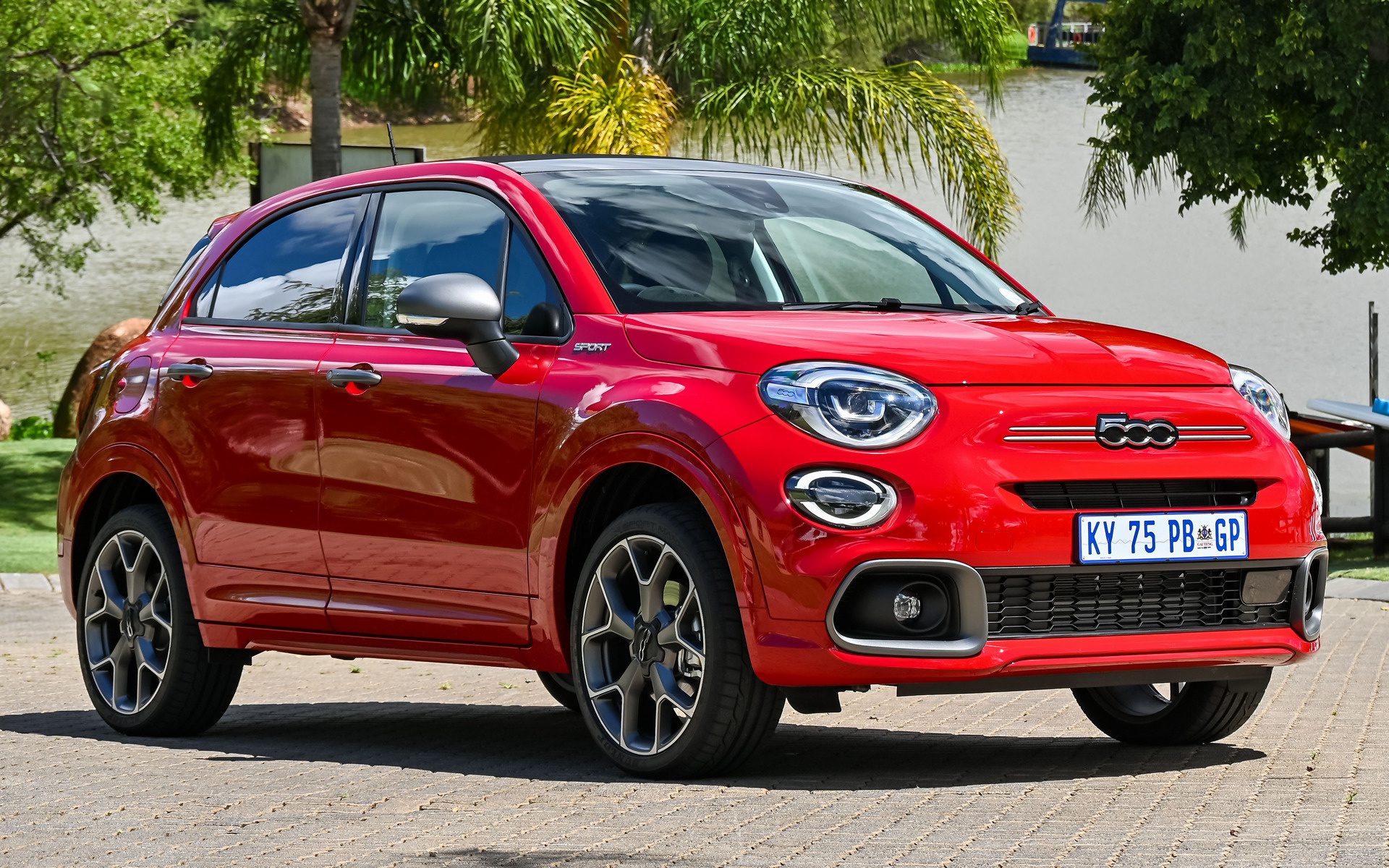
14. **Fiat Chrysler Uconnect 8.4 (2013-2015)**Fiat Chrysler’s Uconnect 8.4 system, particularly in its early iterations from 2013-2015, began with a promising reputation. It offered a large, clear 8.4-inch touchscreen and a relatively intuitive interface, which was groundbreaking for a mainstream system at the time. The initial impression was one of “seamless connectivity” and a “dependable infotainment” experience, setting a new standard for in-car technology across a wide range of FCA vehicles.
Despite its visually appealing hardware, the system’s software often struggled to deliver on its promise of consistent performance. Early versions were “plagued by glitches,” with users reporting frequent freezes, reboots, and unresponsive screens. Imagine navigating an unfamiliar city only for your map to suddenly disappear or your radio to go silent without warning. These intermittent failures directly contradicted the expectation of a “consistently good in quality or performance,” making it hard for drivers to “trust” the system when they needed it most.
Beyond mere annoyance, early Uconnect systems faced significant security vulnerabilities, notably the infamous “Jeep hack” that allowed remote control of vehicle functions. While quickly patched, this incident severely damaged public perception of the system’s “reliability” and “security.” Even without such extreme scenarios, the system’s general instability often meant frustrating dealership visits for software reflashes or module replacements, turning a supposed convenience feature into a consistent maintenance headache for owners.
As the years passed, the early Uconnect 8.4 systems struggled to maintain their performance. Processors that were barely adequate at launch became sluggish with age, and screens sometimes developed “ghost touches” or “dead spots” that further compounded the frustration. While later iterations of Uconnect significantly improved, the initial version left a lasting legacy of unreliability for many owners, proving that even a visually appealing interface can be undermined by a lack of robust software and long-term stability. It served as a reminder that a truly “reliable” system needs to be trustworthy in all aspects, from everyday function to security.
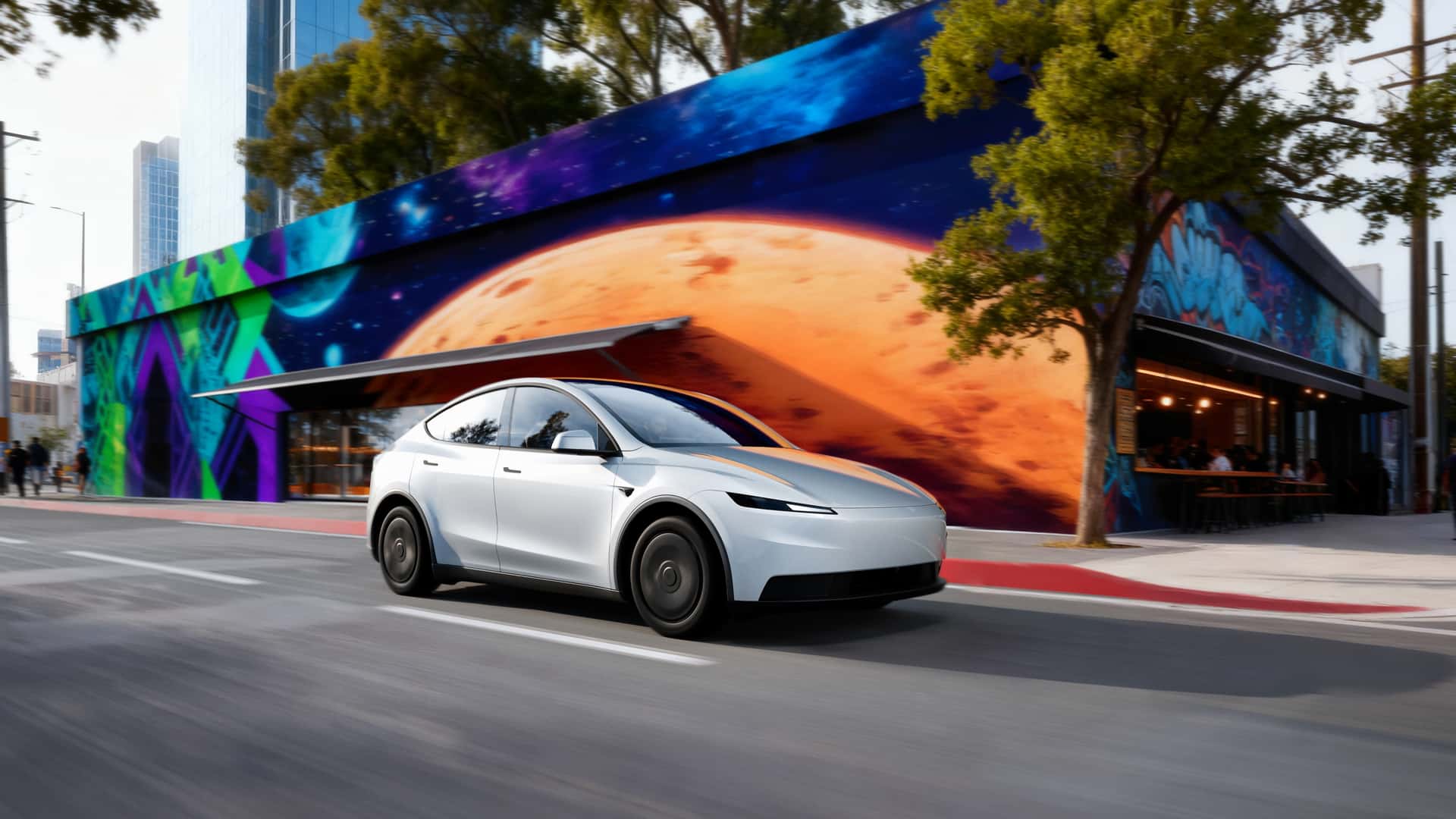
15. **Tesla Model S/X MCU1 (2012-2018)**When Tesla launched the Model S, its “MCU1 (Media Control Unit 1)” was truly revolutionary. The massive, vertical 17-inch touchscreen became the car’s central nervous system, controlling everything from climate to navigation, browser, and even the “digital dashboard itself.” It was a complete reimagining of the automotive interior, promising unparalleled functionality and a truly “modern” driving experience. This level of digital integration aimed for the ultimate in user “dependability,” a flagship of futuristic reliability.
The ambition, however, came with a critical, hidden vulnerability. The MCU1 relied on an eMMC flash memory chip for logging data, a component designed for a limited number of write cycles. Tesla’s software, unfortunately, was programmed to write an excessive amount of data to this chip, far beyond its expected lifespan. This meant the chips would inevitably “wear out,” leading to increasingly slow performance and eventually, complete failure, demonstrating a fundamental design flaw in its long-term “reliability.”
As the eMMC chip degraded, owners experienced a host of frustrating issues: “slow boot times, laggy responses,” failure to save settings, and eventually, a “bricked screen.” This wasn’t just an infotainment glitch; a failed MCU meant losing access to critical features like navigation, the backup camera, climate controls, and even charging information, making the car difficult, if not impossible, to operate safely. It was a spectacular failure of a system that was supposed to be the epitome of “dependable” technology.
Tesla eventually acknowledged the widespread issue, but initially, repairs were expensive, often costing upwards of $2,000 for a replacement MCU. This led to a “class-action lawsuit” and eventually, an extended warranty and recall for affected vehicles. The MCU1 saga stands as a stark warning: pushing the boundaries of technology is commendable, but neglecting the underlying hardware’s “long-term reliability” and “durability” can turn innovation into a costly, exasperating nightmare for owners. This wasn’t just about a feature vanishing; it was about the heart of the car effectively failing due to a critical, predictable hardware flaw.
So, we’ve dissected the digital disasters, the once-hyped systems that proved to be more headache than horsepower. But don’t despair! Not all modern automotive technology is destined for the digital scrap heap. In fact, many manufacturers have learned from these costly mistakes, proving that it *is* possible to integrate sophisticated digital interfaces that are genuinely reliable, intuitive, and built to last. It’s a testament to thoughtful engineering, robust hardware, and a real understanding of what drivers actually need, ensuring our cars remain trustworthy companions, not digital adversaries.
Take the **Toyota Prius (4th Generation, 2016-2022)**, for instance. You might not think “cutting-edge tech” when you hear Prius, but its centrally mounted digital instrument cluster and infotainment system are a masterclass in “balancing innovation with reliability.” Toyota didn’t chase flashy gimmicks; they focused on “proven, thoroughly tested components,” leading to “remarkably low failure rate[s].” It’s all about legible information, minimal lag, and crucially, retaining physical buttons for core functions. This conservative approach means less frustration and a system that ages gracefully, maintaining its consistent performance year after year.
Then there’s the **Mazda CX-5 (2017-Present)**. Mazda brilliantly bucked the touchscreen-only trend, sticking with a “rotary controller positioned between the front seats.” This choice, while initially raising eyebrows, has proven to be “both safer and more reliable over the long term.” Their software is “remarkably stable,” booting quickly and responding consistently. Mazda’s hybrid approach, blending digital displays with “traditional physical gauges,” shows a deep respect for driver focus and long-term dependability. It’s a system designed to work reliably, not just impress on a spec sheet.
And who could forget the **Audi Virtual Cockpit (2016-Present)**? This was a truly ambitious leap, replacing all analog gauges with a massive 12.3-inch high-resolution display. Yet, unlike some of its peers, it became “one of the most successful and enduring digital interfaces.” Its secret? “Thoughtful execution and focus on driver preference,” offering flexible display modes and powered by a robust NVIDIA processor. Audi’s “extensive testing regime” and “conservative approach to updates” ensured its “remarkable reliability record,” proving that high-tech can indeed be highly dependable if engineered with foresight and precision, delivering on the promise of “trustworthy” performance.
The **Volvo XC60 (2018-Present)** also stands out. Its Sensus infotainment system, with its unique portrait-oriented 9-inch touchscreen, wasn’t just for show. Volvo prioritized “fundamental stability” and “human-centered design.” The system boots quickly, responds promptly, and “rarely experiences freezes or crashes.” Volvo’s commitment to “robust hardware” and “meaningful updates” means the XC60’s digital dash doesn’t just look good in the showroom; it continues to perform “consistently” and “reliably” throughout the entire ownership journey. It’s about trust, not just trends, in automotive design.
Car Model Information: 2025 Audi Q7 55 Premium Plus
Name: Tesla Model X
Manufacturer: Tesla, Inc.
Production: 2015–present
Assembly: unbulleted list
Designer: Franz von Holzhausen
Class: Crossover (automobile)
BodyStyle: 5-door SUV
Layout: unbulleted list
Doors: unbulleted list
Related: Tesla Model S
Motor: unbulleted list
Title: Discontinued
Transmission: unbulleted list
Battery: unbulleted list
ElectricRange: FTP-75
Wheelbase: cvt
Length: cvt
Width: cvt
Height: cvt
Weight: unbulleted list
Sp: us
Categories: 2020s cars, All Wikipedia articles in need of updating, All Wikipedia articles written in American English, All articles containing potentially dated statements, All articles lacking reliable references
Summary: The Tesla Model X is a battery electric mid-size luxury crossover SUV built by Tesla, Inc. since 2015. Developed from the full-sized sedan platform of the Tesla Model S, the vehicle uses distinctive falcon wing doors for rear passenger access.
The Model X has an EPA size class as an SUV, and shares around 30 percent of its content with the Model S, half of the originally planned 60 percent, and weighs about 10 percent more. Both the Model X and Model S are produced at the Tesla Factory in Fremont, California. The prototype was unveiled at Tesla’s design studios in Hawthorne, California, on February 9, 2012. First deliveries of the Model X began in September 2015. After one full year on the market, in 2016, the Model X ranked seventh among the world’s best-selling plug-in cars. A refresh of the Tesla Model X was introduced in 2021, offering a new “Plaid” performance model, along with a revised interior, powertrain, and suspension.Another update of the Model X was introduced in June 2025 with a new front bumper camera, new wheel designs, increased third-row space, dynamic ambient lighting, and adaptive headlights. The updates are similar to the Model S, which was updated at the same time.
As of July 2025, the Model X is available as a Long-Range version with an estimated EPA range of 352 miles (566 km) and a high performance “Plaid” version with an estimated EPA range of 335 miles (539 km).
Get more information about: Tesla Model X
Buying a high-performing used car >>>
Brand: Tesla Model: Model S/X
Price: $55,675 Mileage: 20,490 mi.
Finally, the **Honda Accord (10th Generation, 2018-2022)** provides a shining example for the mainstream market. Honda’s approach was “carefully measured,” prioritizing “functionality and reliability over flashy features.” The hybrid instrument cluster, blending a digital display with a familiar layout, offers “exceptional clarity.” And crucially, Honda “returned to physical buttons and knobs for volume control and primary navigation” after learning valuable lessons. This “balanced approach has aged remarkably well,” supported by “exceptional reliability record[s]” for its hardware and stable, “conservative update philosophy” for its software. It demonstrates that true reliability in digital systems is achieved through common sense, user-centric design, and a steadfast commitment to dependability, ensuring that our cars remain trustworthy companions, not digital adversaries. Truly, the best features are the ones you can always count on.

